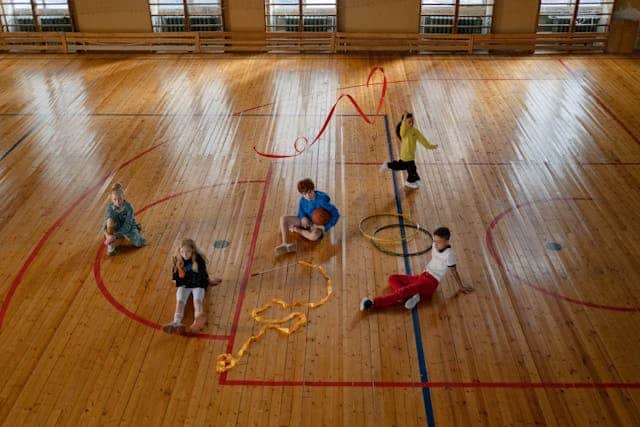
Associations of sleeping, sedentary and physical activity with phenotypic age acceleration: a cross-sectional isotemporal substitution model
April 20, 2023
Association of Early Sports Participation With Sedentary Behavior in Community-Dwelling Adults—The Role of Sociodemographic Factors in a Retrospective Epidemiological Study
May 3, 2023A paper titled “Dyadic reciprocal associations between self-efficacy and planning predict sedentary behaviour” was recently published in the British Journal of Health Psychology. The summary of the paper and citation details are re-posted below. The full publication can be found here.
ABSTRACT
Objectives
There are two alternative hypotheses regarding bidirectional associations between self-efficacy and planning in predicting health behaviour change: self-efficacy may establish planning (cultivation hypothesis) or planning may enable the formation of self-efficacy (enabling hypothesis). This study investigates the order in which these two social cognitions are linked in adult–adult dyads in the context of sedentary behaviours (SB).
Design
A longitudinal study with 4 measurement points, spanning 8 months.
Methods
A total of 320 dyads (age: 18–90 years) were enrolled. Dyads included a focus person (who received the recommendation to reduce SB and intended to change their SB), and their partners, who were willing to support the focus persons and intended to reduce their own SB as well. Data were collected at Time 1 (T1), Time 2 (1 week later, T2), Time 3 (T3, 2 months after T1) and Time 4 (T4, 8 months after T1). SB was measured with accelerometers at (T1 and T4). Mediation models with individual and dyadic reciprocal effects were tested with path analyses.
Results
Only one indirect effect was found: A higher level of partners’ SB reduction-specific self-efficacy at T2 was related to the focus person’s more frequent planning to reduce SB at T3, which, in turn, predicted lower SB time among partners at T4.
Conclusions
The findings provide partial support for the cultivation model (self-efficacy prompting planning) and for dyadic reciprocal associations in the context of SB time reduction among adult dyads.
CITATION
, , , , , , , , & (2023). Dyadic reciprocal associations between self-efficacy and planning predict sedentary behaviour. British Journal of Health Psychology, 28, 451-466. https://doi.org/10.1111/bjhp.12633




